Being able to see your plants flourish is the most satisfying part of owning a garden. Yet occasionally, whether in the backyard or a container in our house, our plants need a little help to supplement their diet of sunlight, water, and carbon dioxide.
Feeding them fertilizer, a material that is applied to the soil or plant tissues to deliver crucial nutrients is one of the most effective ways to do this. Commercial fertilizers are mostly composed of the three essential plant nutrients nitrogen, phosphorus, and potassium.


While some gardeners choose to use artificial fertilizers to feed their plants, it is actually rather simple to use natural alternatives, such as food scraps and garden waste.
Banana peels
Consider using banana peels to produce plant fertilizer instead of composting them. Banana peels, which are high in phosphate and potassium, can strengthen your plants, promote fruiting, and keep them healthy.
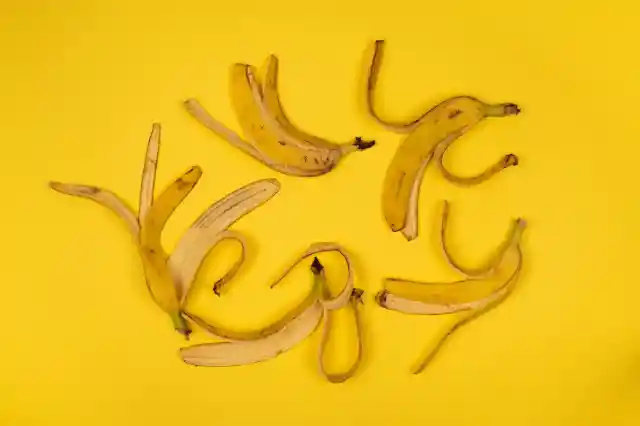
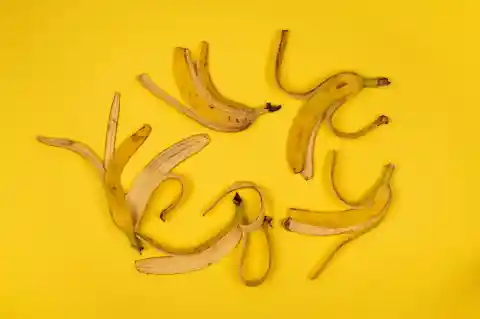
Put two or three banana peels and some water in a mason jar. Keep it sealed for a week, then discard the peels and sprinkle the banana peel water on the plants. As an alternative, dry the peels, then grind and incorporate them directly into the soil.
Coffee
This fertilizer is a need for your garden if your garden has acid-loving plants like nasturtiums, daffodils, marigolds, sweet potatoes, parsley, potatoes, etc. Coffee is a fertilizer that is readily available in every kitchen and has the capacity to maintain the necessary levels of acid and nitrogen in such plants.
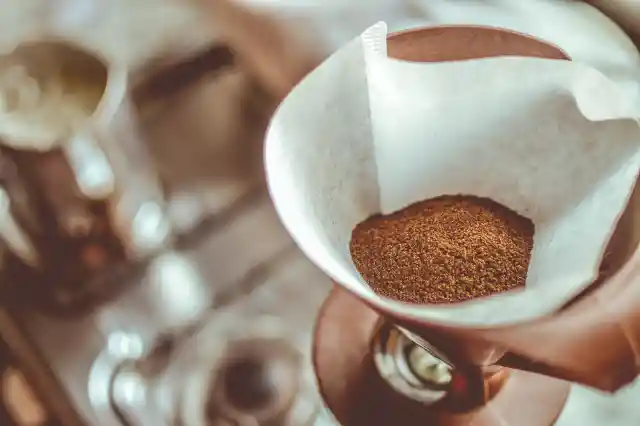
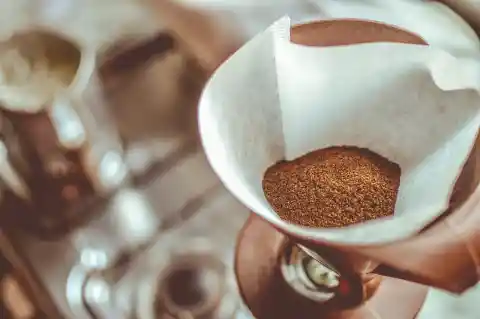
Coffee grounds may be used in two different ways: either you can evenly sprinkle them over the top layer of soil, or you can mix them with fresh water and drizzle them over your plants.
Grass clippings
Grass clippings are an excellent source of nitrogen for the compost pile, but they must be combined with woody debris in order to avoid creating a sticky mess. Grass clippings can be scattered across your garden and then mixed into the soil, where they will decompose extremely fast and release nutrients for your gardening plants.

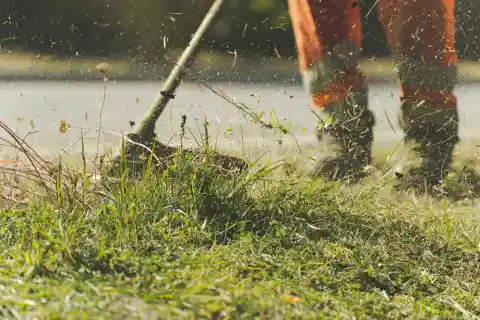
As an alternative, you can scatter grass clippings over the soil, where they will serve as a mulch layer to keep moisture in and keep weeds out.
Eggshells
Eggshells are a valuable source of calcium for fertilizer. They should be dried out in the sun after being separated from the egg yolk and egg whites.
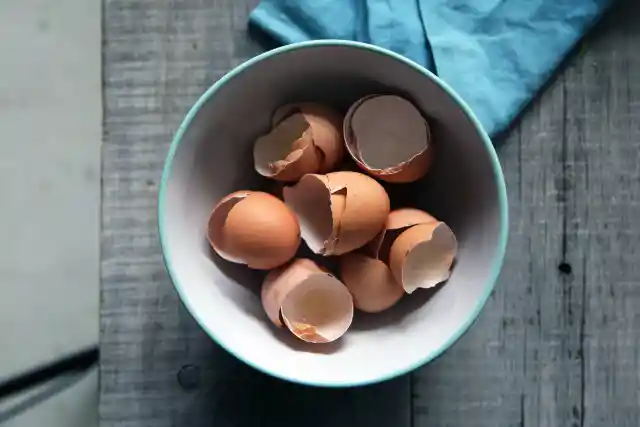
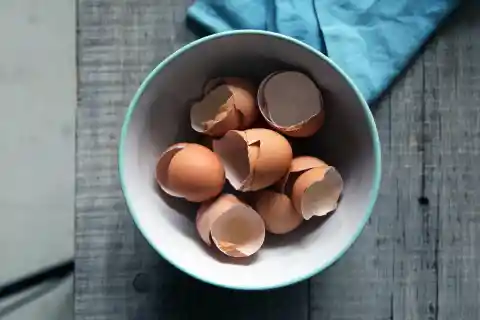
This makes sure that the shells are free of any infections or harmful germs that may be passed on to your plants. Then, grind the eggshells and scatter them over your gardening soil.
Weed Tea Fertilizer
Although many gardeners are envious of weeds, they could potentially be used more wisely. Your crops can grow more quickly, better, and healthier if you use weeds as a source of nutrients and microorganisms. Preparing weed tea fertilizer increases your plants' resilience to illness and serves to keep pests away from them.
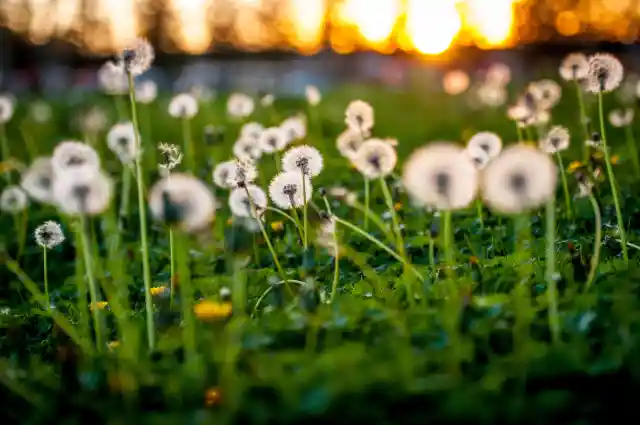
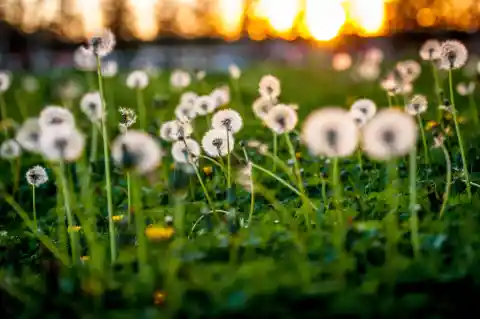
To do this, put the weeds you've plucked into a five-gallon bucket and fill it no more than 1/4 full. Let the weeds soak for a week or two, and then fill the bucket with water to the top. Pour this nutrient-rich weed tea over your gardens once the water has turned a lovely shade of brown (like tea).
Apple peels
Apple peels are rich in potassium, vitamin A, vitamin C, folate, iron, calcium, and phosphorus, which may be beneficial for the general growth and development of your plants. Gather the peels and puree them in a blender with half a cup of water.
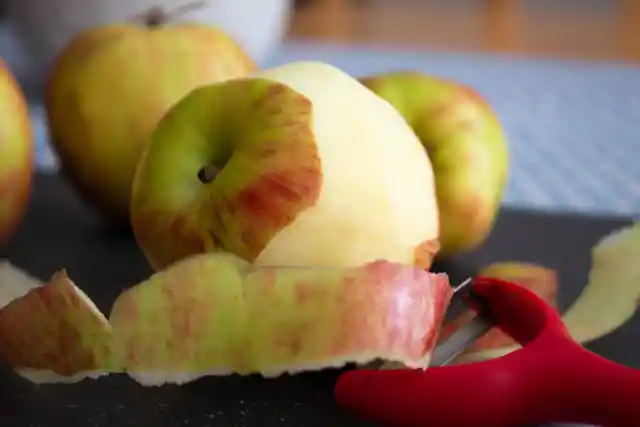
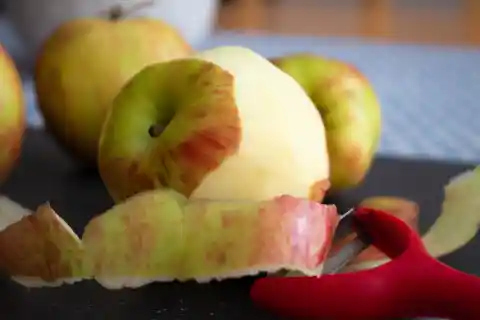
Mix it with water in a 1:1 ratio and apply it to plants every 6-8 weeks. A teaspoon of coffee grounds can be added to increase its strength. The peels can also be mixed right into the growth media and let to naturally degrade. They will function as a slow-release fertilizer in this way.
Soya beans
Soaking soybeans in water is an excellent natural fertilizer that will benefit your plants. The three nutrients nitrogen, potassium, and phosphorus, which are vital for plant growth and development, are present in high concentrations in this organic fertilizer.
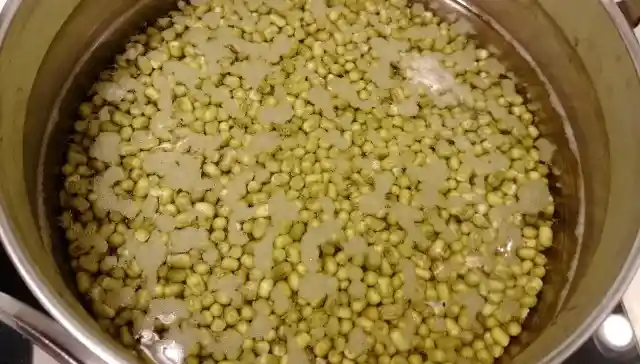
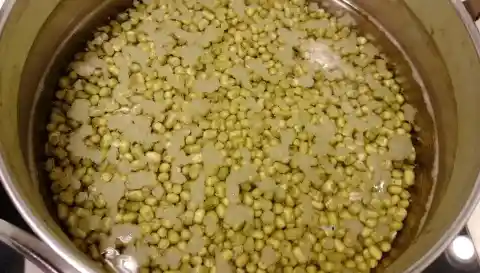
Chlorophyll synthesis is also aided by nitrogen. For tomatoes and many other plants, such as peppers, greens, cucumbers, squash, okra, sweet corn, and beans, nitrogen-rich soil is essential.
Rice water
Rice water can be used to irrigate plants since it has enough NPK (nitrogen, potassium, and phosphorus) fertilizer and minerals for plants to consume while also encouraging a healthy bacteria population.
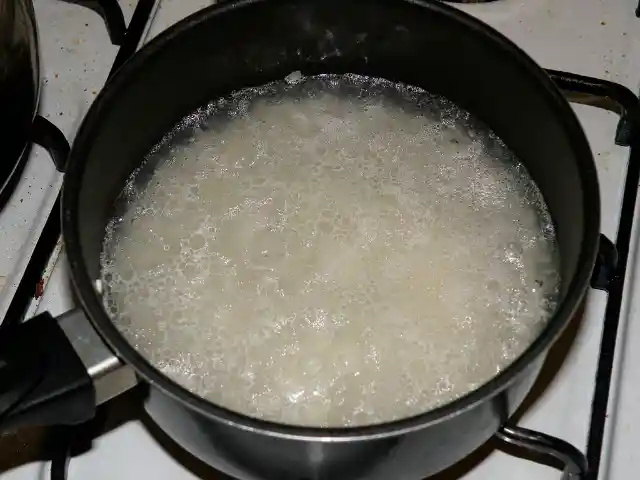
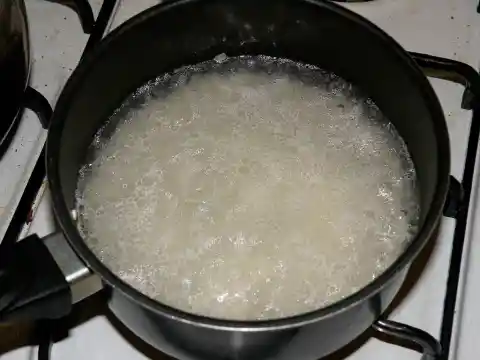
Plants develop healthily as a result of this. It may be sprayed in any way and, when fermented, can fight off pesky bugs.
Wood ash
During the burning of wood, nitrogen, and sulfur are lost as they are liberated as gas. But, the ash still contains some fair trace levels of potassium, magnesium, and, get this, up to 25% calcium carbonate.


For acidic soil, that is a helpful pH balancer. Wood ash is only beneficial for your garden when applied sparingly. A heavy covering of this is not what you want. Just sprinkle some nutrients on top of the soil, and they will ultimately work their way down, enriching the soil.
Kitchen scraps/ Compost
Make your own compost to put your kitchen and backyard trash to use. Compost slowly releases nutrients, so a well-composted garden can survive a year or two without needing to be fertilized again.


Moreover, compost aids in soil moisture retention, which is necessary for vegetable gardens to flourish throughout the hot, dry summers.
Vinegar
Acetic acid, found in vinegar, is beneficial for several problems. This may be used to garden veggies as well as roses and other indoor plants.
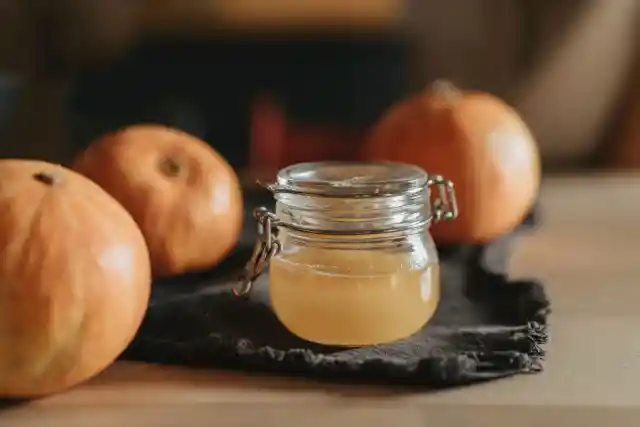
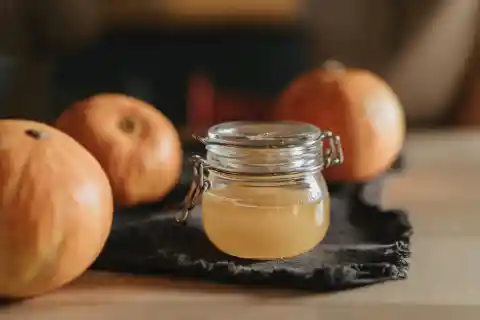
Just add a tablespoon of white vinegar (only white vinegar, since apple cider vinegar does not have the same nutritional characteristics) with a gallon of water to produce vinegar fertilizer. For optimal results, irrigate your plants with this mixture roughly every three months.